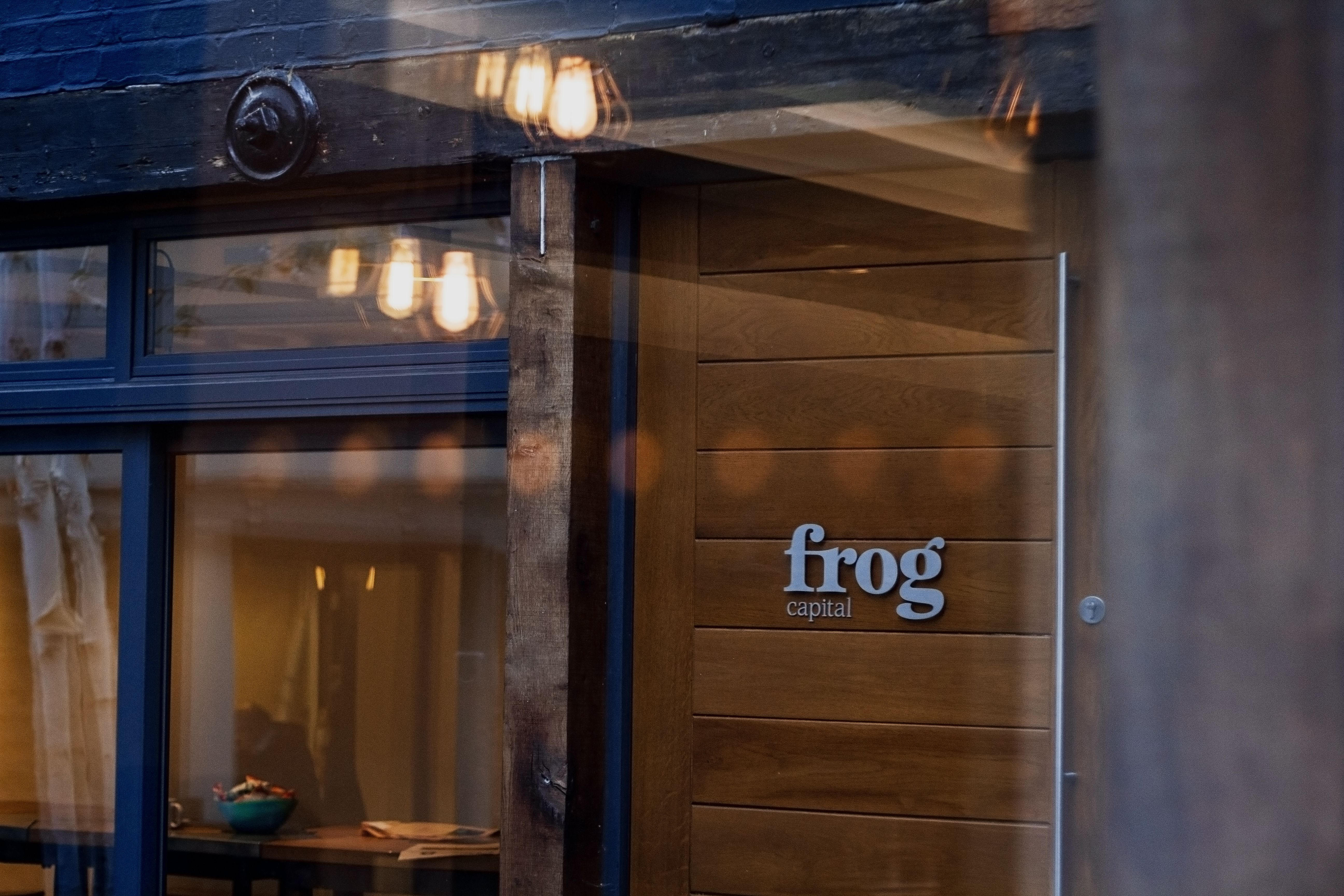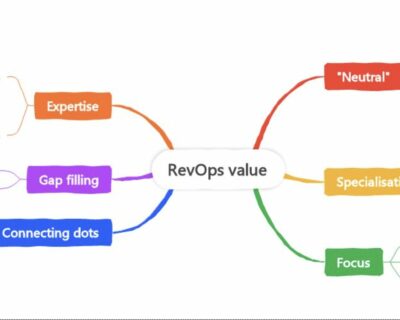This is the second in a 3 part series on impact investing. If you would like to read the first instalment click here.
Given the greater appreciation of environmental and social concerns, businesses are changing their business practices and new businesses are emerging that directly cater for new social and environmental friendly consumers. Here I will further explore how impact is making a difference and the changes we are already seeing.
Society is becoming more concerned and interested in where products are sourced, how they are manufactured and what a company’s impact is on the world. This is particularly true of younger demographics and as they become more integral to investment this will become even more acute. Indeed, Harry Catchpole, Founding Partner of Tribe Impact Capital, a new generation impact wealth manager, underlined the fact that over 50% of his client base is female and under the age of 45.
This was further supported by Richard Azarnia, an impact investor and strong advocate of social/environmental improvement, who founded Mlinda, a foundation to advance causes that promote welfare and sustainability. Richard pointed to the examples of France banning the use of plastic bags, for example, as society evolves. People are more health and environmentally conscious and this is affecting purchasing patterns and culture. Harry Catchpole cited as an example the investment in Tomra, the largest producer of ‘reverse vending machines’, whereby anyone can put into a machine used plastic and in return get money deposited.
I spoke with Mike Urwin, who advises a respected Impact investor and family office, about the example of Fairphone, which is better described as a ‘movement’ rather than a company. Fairphone aims to create a positive social and environmental impact from the beginning to the end of a phone’s life. This is achieved from the design through to manufacture and distribution. Fairphone carefully select the right suppliers and responsibly source the right materials such as tungsten, gold and tin. The aim is to source less hazardous materials and increase the use of renewable resources. At the same time, they want to source materials from mines that empower and better take care of the communities.
Stronger together
As a result of this, impact investment is and will become even closer to standard investment. Money managers will and can continue to target the best financial returns by investing in the best companies – whether that is capital growth in the newest companies via Venture Capital or income generation from the more established companies with reliable yield – but it will just so happen that such companies will be mass-market vegan food or electric car manufacturers and will not be using plastics. Another investment Harry Catchpole cited was Bulb energy, the UK’s biggest green energy company, providing 100% of its energy from renewable sources. This presents itself as a good investment, not simply because of the clear environmental benefits but because of its clear demand; its customer base has increased from 25k to 1m+ and is one of the fastest growing companies in the UK.
More needs to be done to help with this challenge. Harry was clear that business, government and society need to continue a joined-up approach. There is a clear funding gap and both Richard and Harry pointed to this. Institutional investors – pension funds and insurance companies, in particular – need more incentives and support. Capitalism will continue to foster competition and favour the winners over the losers; but those companies shunning environmentalism and not listening to the public’s broader concerns regarding social equality will no longer endure.
Impact already having an impact
A study by Cambridge Associates found that PE/VC impact funds launched between 1998 and 2014 generated a combined return of 5.8%, with around a quarter of those funds in the double-digits.[1] The recently launched dedicated impact fund by Partners Group is aiming to achieve net returns of between 8-12 per cent.
Up until now there have been a handful of impact investors, typically beneath the radar and small in number both in volume and assets under management.
Undoubtedly, there has been a significant interest in larger managers raising larger size funds exclusively for impact. Jan Stahlberg, board member of Trelleborg, is in the process of launching a substantial sum from investors for an impact fund, whose investment thesis is ‘backing companies with business models that contribute to the UN Sustainable Development Goals with the aim of improving lives and the environment.’[2] There have been others:
- Bain Capital launched a $390m fund in 2017;
- Partners Group, one of the largest Private Markets investors, launched ‘PG Life’, a $1bn IMPACT fund;
- KKR launched a new vehicle in 2018; and,
- TPG teamed up with U2 frontman and well-known environmentalist, Bono, to raise $2bn for ‘The Rise Fund’ and is apparently raising a successor.
Into the trillions
Recent research through the Global Impact Investing Network, as reported by The Financial Times, shows that the global impact investment market is now worth more than half a trillion dollars at US$502 billion. [3] Sir Ronald Cohen, co-founder of Apax Partners, and Chairman of the Global Steering Group (GSG) for impact investment, believes that impact investing can develop into a multi-trillion market: “In a few years’ time a small percentage of the public markets, government and corporate debt, private equity and venture capital will all be investing under the agreed impact principals…we are talking about tens of trillions, perhaps $30 trillion by 2030.”[4]
As pointed out in the first instalment, there are already various frameworks and rules to encourage and monitor ESG investment. From the ESG goals, to the United Nations Principles for Responsible Investment. These allow and facilitate greater integration of impact investment, not simply for managers to invest in worthy causes but also to allow them to monitor and measure the performance of their portfolio, not simply according to financial return metrics but also according to how they are making a positive difference.
A recent survey by BNP Paribas showed over 90% of respondents predict that by 2021 they will allocate more than 25% of their funds to ESG. Why are managers responding in this fashion? One of the top 3 reasons for ESG investment is ‘improved long-term returns’ for just over half of the respondents. Another 60% of respondents expect their ESG portfolios to outperform in the coming 5 years. The UN’s Sustainable Development Goals (SDGs) are a “new compass” for investors. 65% of respondents “align their investment framework with the SDGs, mainly by setting SDG-related revenue targets for investee companies,” according to the study. [5]
Frog impact
At Frog, we monitor our portfolio companies against these objectives which include: ‘Reduced Inequalities’, ‘Decent Work and Economic Growth’ and ‘Sustainable Cities and Communities’. For example, Vulog, the technology that enables car sharing, is helping with the goal of ‘Climate Action’. As Vulog themselves recently tweeted:
‘With 30% of people who use shared mobility services giving up their personal vehicles, more shared cars mean less pollution and more room to breathe.’
This will only grow and there are clear reasons for investment managers already. Indeed, one of the top three reasons for ESG investment is “improved long-term returns” for just over half of respondents, while 60% expect their ESG portfolios to outperform over the coming five years. The rationale for impact investment is becoming stronger. However, given its greater integration, this will become standard investment.
If you would like to be alerted to the publication of the final instalment of this 3 part series, please click here.
References:
[1] ‘EQT co-founder joins the impact investing bonanza’, Leah Hodgson, Pitchbook, March 2019
[2] ‘EQT co-founder joins the impact investing bonanza’, Leah Hodgson, Pitchbook, March 2019
[3] ‘Impact investment universe grows to $502bn’, Owen Walker, The Financial Times, April 2019
[4] ‘Impact investing: a multitrillion-dollar market in the making, Eric Burg, Pitchbook, November 2018
[5] ‘ESG investment increasing, finds BNP SS Study’, Alex Rolandi, Funds Europe, Apr 2019













